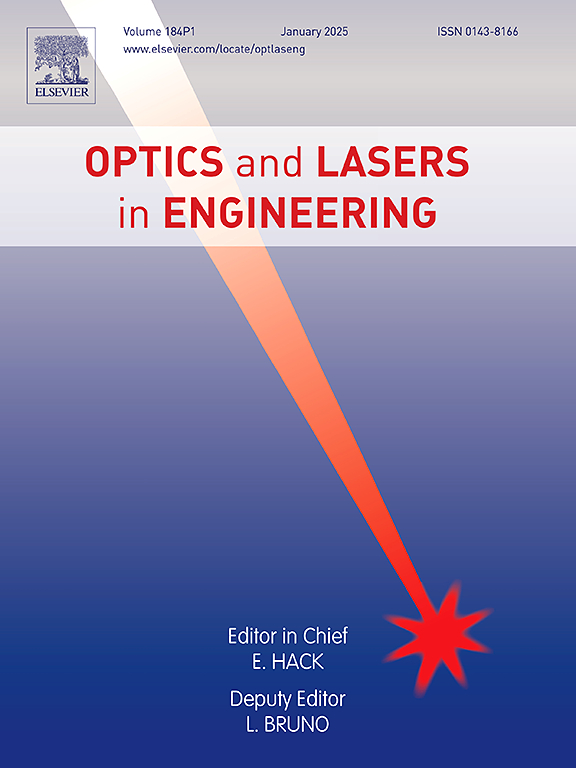结构照明显微镜性能增强技术的最新进展:综述
IF 3.5
2区 工程技术
Q2 OPTICS
引用次数: 0
摘要
结构照明显微镜(SIM)通过利用结构照明将样品的高频信息转移到光学系统的通带,从而超越衍射极限,实现超分辨率成像。SIM具有激发强度低、与多种荧光染料兼容、快速宽视场成像等优点,已成为一种被广泛采用的活细胞超分辨率成像技术。本文介绍了传统SIM卡的工作原理、重构方法和典型的实验装置。认识到SIM领域的广度及其在光学、硬件和算法方面的快速发展,该综述强调了光学技术和硬件创新的最新进展,而算法的发展虽然至关重要,但却没有得到详细的报道。然后探讨了宽视场SIM在分辨率增强、多色成像和轴向分辨率提高等方面的进展。接下来,我们介绍了点扫描SIM的最新进展。最后,总结了不同类型SIM的特点,并展望了利用SIM进行各种成像应用的未来挑战和发展趋势。本文章由计算机程序翻译,如有差异,请以英文原文为准。
Recent advances in Performance Enhancement Technologies for Structured Illumination Microscopy: A Comprehensive Review
Structured Illumination Microscopy (SIM) surpasses the diffraction limit by utilizing structured illumination to shift high-frequency information of the sample into the passband of the optical system, enabling super-resolution imaging. With its advantages of low excitation intensity, compatibility with a wide range of fluorescent dyes, and rapid wide-field imaging capabilities, SIM has become a widely adopted technique for super-resolution imaging of living cells. In this review, the working principles, reconstruction methods, and typical experimental setup of conventional SIM are introduced. Recognizing the breadth of the SIM field and its rapid evolution across optics, hardware, and algorithms, the review emphasizes recent advances in optical technologies and hardware innovations, while algorithmic developments, though crucial, receive less detailed coverage. Then, the advancements of wide-field SIM in resolution enhancement, multicolor imaging, and axial resolution improvement are explored. Next, we present the latest development of point-scanning SIM. Finally, the characteristics of different types of SIM are summarized, along with an outlook on future challenges and trends of development in leveraging SIM for various imaging applications.
求助全文
通过发布文献求助,成功后即可免费获取论文全文。
去求助
来源期刊

Optics and Lasers in Engineering
工程技术-光学
CiteScore
8.90
自引率
8.70%
发文量
384
审稿时长
42 days
期刊介绍:
Optics and Lasers in Engineering aims at providing an international forum for the interchange of information on the development of optical techniques and laser technology in engineering. Emphasis is placed on contributions targeted at the practical use of methods and devices, the development and enhancement of solutions and new theoretical concepts for experimental methods.
Optics and Lasers in Engineering reflects the main areas in which optical methods are being used and developed for an engineering environment. Manuscripts should offer clear evidence of novelty and significance. Papers focusing on parameter optimization or computational issues are not suitable. Similarly, papers focussed on an application rather than the optical method fall outside the journal''s scope. The scope of the journal is defined to include the following:
-Optical Metrology-
Optical Methods for 3D visualization and virtual engineering-
Optical Techniques for Microsystems-
Imaging, Microscopy and Adaptive Optics-
Computational Imaging-
Laser methods in manufacturing-
Integrated optical and photonic sensors-
Optics and Photonics in Life Science-
Hyperspectral and spectroscopic methods-
Infrared and Terahertz techniques
 求助内容:
求助内容: 应助结果提醒方式:
应助结果提醒方式:


